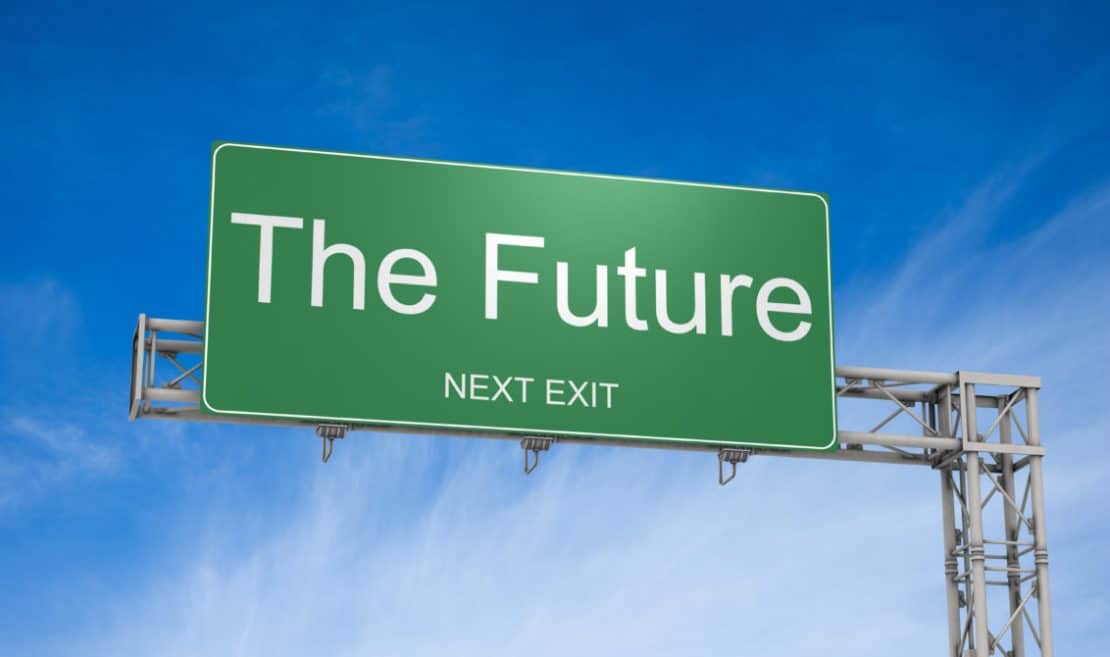Workspaces of Tomorrow
In the 21st century there’s a new saying – work is a thing you do, not a place you go. The days of sitting at a desk from 9am to 5pm are long gone for many employees thanks to the freedom the internet has provided. And add in the fact Australians have gleefully adopted mobile devices like smartphones, tablets and laptop computers and the workplace suddenly becomes anywhere we choose.
This seismic shift has changed the landscape dramatically for both employers and employees. In fact, there are millennials entering the workforce that will know nothing different.
At the turn of the century working from home, also known as telecommuting, was in its infancy and allowed employees to stay just as productive as they would be sitting beside their colleagues in an office. But today, thanks to the improvement of the internet’s speed and reliability and the emergence of mobile technology, we can easily do our jobs anywhere and access the content and documents we need anywhere. Our technology and connectivity has also made working with different people, in different countries, in different time zones as easy as making a phone call.
The definition of work has changed forever. Imagine less people clogging up roads and public transport to commute to an office every day? That’s becoming reality because of the changing workplace.
For an employer, this trend has many advantages. To begin with, it’s possible to run a business with numerous employees with less office space. And with the average cost of a desk at $13,000, having less employees in the workplace is going to save a significant amount of money. Another saving for the employer is the new practice of BYOD – bring your own device – with employees using their own smartphones, tablets and laptops to do their job. More than 70 per cent of employees believe their employers expect this of them. It is just one part of the widening path that will lead to an even more mobile workforce.
Products like the Microsoft Surface Pro 4 is a great example of a device that offers versatility whether you’re working at home, in the office or on the road because it can be used as a laptop or as a tablet. The number of “convertibles” – laptops that can also be used as tablets – are on the rise to meet our changing needs.
Of course, leadership and trust play just as large a role in this workplace model as it would in the traditional idea of a workplace we’ve seen in decades past. And it is affecting not only where we work but also when we work. Our devices and constant connectivity offer flexibility like never before. Offering the choice of working your own hours is now something employers can use to attract employees to their business.
It is a digital disruption that is already happening and something millennials have come to expect considering their whole adult lives have been connected for every waking hour. Working anywhere and anytime is something they will expect, not hope for.
By the end of the decade, we will be able to meet anywhere, anytime and on any device. Our remote connections to our office will be even further enhanced through the cloud to offer employees access to data, information and face-to-face communication to the other side of the world like we’re sitting in the same room.
Telepresence devices from companies like Logitech and Cisco, such as the Cisco TelePresence IX5000 Series are now becoming more common in company boardrooms so they can virtually put you in the room with one or several people using high definition cameras that can pan and focus on whoever is speaking.
The only new challenge here is security to ensure company data is protected at all times which is why the internet security business is booming. VPNs (virtual private networks) also offers excellent connectivity and security at the same time. A VPN is like your private internet pipe back to your business servers so you can share sensitive information without the risk of prying eyes.
Yet with these new standards and security, productivity and collaboration can be maintained using different tools including social media. LinkedIn, WhatsApp, Messenger, Slack and WeChat are just some of the communication, networking and team building platforms we are using today.
The other benefit is sustainability – we’re using less power in our office, becoming increasingly paperless and keeping more people off the road.
If anyone has plans to set up a business, it’s come to a stage where entrepreneurs have to work smarter, not harder. Look to the future when deciding on data centres, cloud security and the sheer footprint of your office space. And they should involve employees in the thought process and get their input because, at the end of the day, your decisions will have the biggest effect on them. Make employees feel like part of the team and part of the journey no matter where they are working from.
About the Author: Stephen Fenech
Stephen Fenech is one of the most respected consumer technology journalists in Australia. He is the editor of the popular Tech Guide website where he publishes the latest reviews and tech commentary. Stephen can also be heard every Wednesday on 2GB on the Afternoon Show. He can also be seen on Channel 10’s Studio 10 where he is the resident tech and gadget expert. Stephen can also be heard on two of the highest-rating tech podcasts on iTunes – Tech Guide and Two Blokes Talking Tech.
-
Stay up to date with the latest news, industry insights and Integrate updates.
- Subscribe

